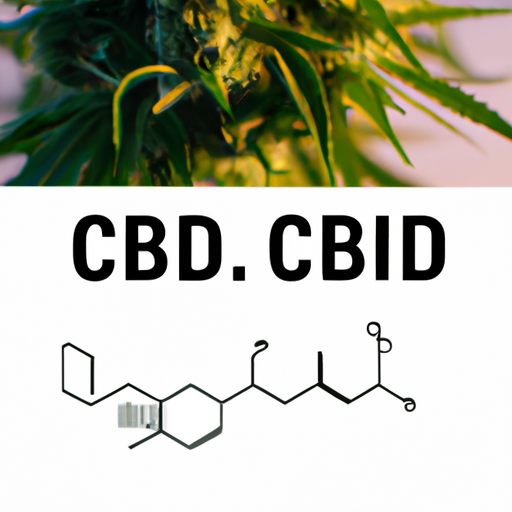Understanding CBD: A Closer Look at Cannabis Components
What is CBD? Understanding the components of cannabis opens a vista into the fascinating world of phytocannabinoids, a class of chemical compounds that interact with specific receptors in the human body. Among these, Cannabidiol or CBD as it is more commonly known, has gained significant attention for its therapeutic potential. Derived mainly from the Cannabis Sativa plant, CBD represents one of the 100 plus cannabinoids that have been identified thus far.
The Discovery and Extraction of CBD
CBD was first discovered in the 1940s, however, it wasn’t until the 1960s that the structure and stereochemistry of CBD were fully delineated, paving the way for further investigations. CBD is typically extracted from the hemp variant of the Cannabis Sativa plant, which is known for its low concentration of Tetrahydrocannabinol or THC – the psychoactive component associated with the ‘high’ effect.
There are three common methods of extracting CBD: the CO2 extraction method, the ethanol extraction method, and the oil infusion method. All these methods have their pros and cons, but the CO2 extraction method is generally considered the most efficient and cleanest – yielding a high-quality CBD extract with negligible THC content.
The Science Behind CBD
Our body has an intricate system called the endocannabinoid system (ECS) which regulates various physiological processes. It is interesting to note that phytocannabinoids like CBD interact with the ECS, eliciting a range of biological responses. CBD, unlike THC, does not bind directly to the classic cannabinoid receptors – CB1 and CB2. Instead, it interacts with various non-cannabinoid receptors and ion channels in the brain and other regions to produce its therapeutic effects.
Most notably, CBD is believed to offer pain relief, reduce anxiety and depression, alleviate cancer-related symptoms, and possess neuroprotective properties, among other things. However, more rigorous studies are needed to fully understand its therapeutic potential and possible side effects.
Legal Status of CBD
The legal status of CBD varies across countries. In the United States, for instance, CBD derived from hemp (containing less than 0.3% THC) is legal at the federal level as per the Hemp Farming Act of 2018, but states also have their laws. The use of CBD as a food supplement or as a constituent of medicines is also subject to regulations by the Food and Drug Administration (FDA).
In conclusion, understanding what CBD is and the components of cannabis is fundamental to harnessing the therapeutic potential of this plant. Further research is needed to demystify CBD and other cannabis components, while policies need to be updated to reflect the evolving understanding of these compounds.
Thank you very much for reading our content. We will be delighted to assist you through our contact. A review on Google also greatly helps us.
